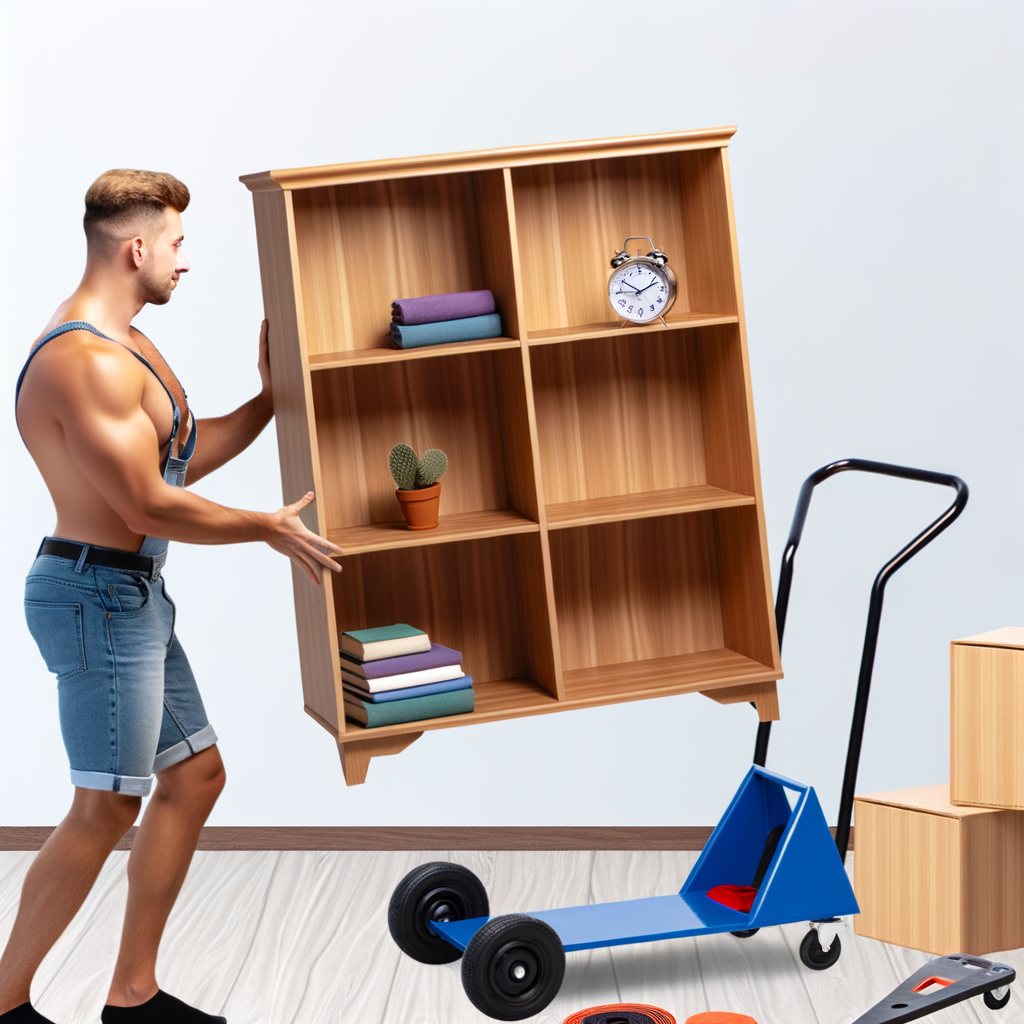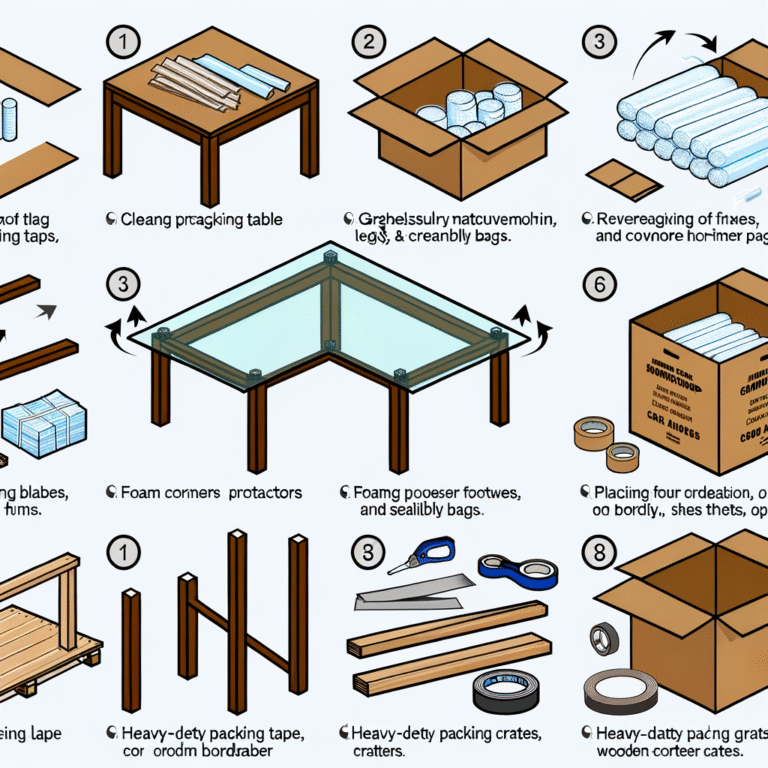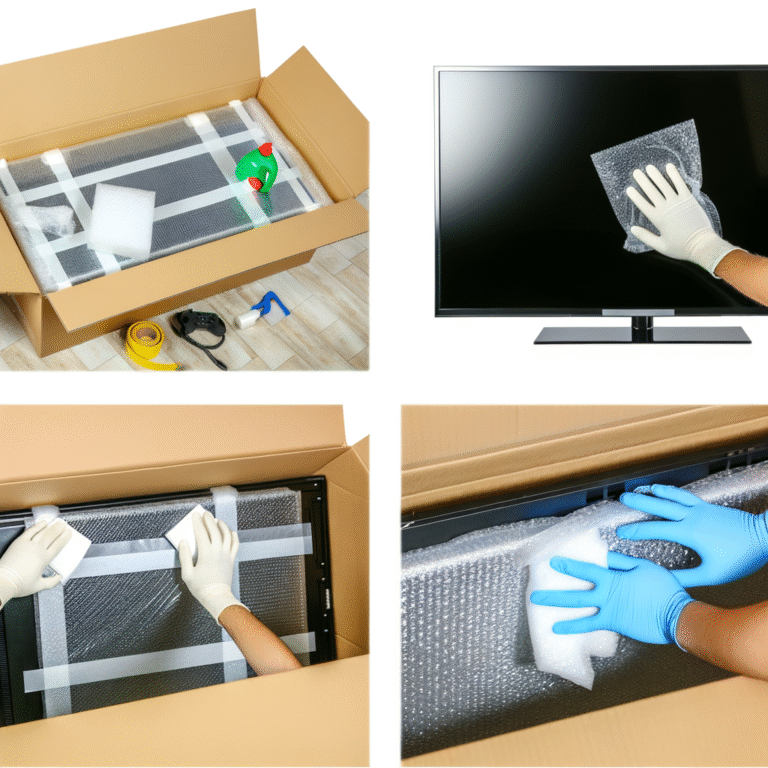Moving Heavy Furniture Solo: Techniques and Tools You Need
Moving Heavy Furniture Solo in 2025: Game-Changing Tools and Smart Techniques to Save Your Back
Moving heavy furniture by yourself might sound like a recipe for disaster—strained backs, cracked walls, and a whole lot of frustration.
But with the right tools, techniques, and a solid plan, it can absolutely be done safely and efficiently.
If you’re gearing up to tackle a move or rearrange bulky furniture solo, keep reading: this guide is packed with practical solutions, expert-backed safety tips, and must-have equipment.
Assess the Situation Before You Move a Muscle
Before flexing a single muscle, take a good look at what you’re dealing with. Determine the size, shape, and weight of every piece of furniture you’ll be moving. Oversized pieces like wardrobes or sectionals may require different handling strategies than a standard desk or mattress.
Next, grab a tape measure and check the dimensions of all access points—doorways, hallways, staircases, and elevators. Ensure there’s enough clearance not just for the furniture, but also for you to maneuver around. Plan your route carefully, clearing obstacles, rugs, and anything else that could trip you up.
Finally, see whether disassembly is an option. Removing legs, shelves, or cushions can drastically reduce weight and prevent damage. Even just taking off drawers or pulling apart sectional pieces can make a big difference.
Must-Have Tools for Lone Furniture Movers
Don’t even think about lifting that dresser without the right gear. Simple tools can turn a back-breaking chore into a manageable task. One of the best investments? Furniture sliders. Stick them under the legs, and glide heavy items across carpet or hardwood with minimal resistance.
Lifting straps and shoulder dollies channel weight properly through your shoulders and legs, minimizing strain on your back. For moving across longer distances, a hand truck or four-wheeled furniture dolly is a game changer. These tools let you roll rather than lift.
Wrap fragile edges with moving blankets or padding to prevent knicks and scrapes. Don’t overlook safety equipment like heavy-duty work gloves and steel-toed shoes. A little prevention goes a long way in avoiding crushed fingers and stubbed toes.
Solo Lifting and Moving Techniques That Actually Work
When lifting, the golden rule is simple: lift with your legs, not your back. Bend at your knees, keep your back in a natural position, and engage your core. Stay close to the item to maintain balance and reduce strain.
Most of the time, pushing is safer and more controllable than pulling. When pushing, you use your entire body weight for momentum, reducing the risk of slipping or tweaking a muscle. Pulling can lead to loss of control, especially when going downstairs.
Speaking of stairs—moving furniture up or down them alone is risky, but not impossible. Use a stair-climbing dolly if available, or leverage sliding techniques with a blanket or board under the item. Remember: gravity works against you, so plan ahead and take it slow.
How to Move Different Types of Heavy Furniture Alone
Couches and Sectionals: Remove the cushions, detach modular sections if possible, and turn the couch on its side for narrower spaces. Use sliders or a dolly to maneuver through tight corners.
Dressers and Wardrobes: Always empty drawers first. For tall pieces, keep them upright to preserve weight distribution and avoid tipping. Use straps for extra stability.
Beds and Mattresses: Disassemble the frame and roll up the mattress using a mattress bag and ratchet straps. Use sliders or carry by tipping and dragging.
Appliances (like refrigerators and washers): These are heavy and usually unevenly weighted. Use an appliance dolly and keep them upright. Tape doors shut and secure any loose parts.
Desks and Tables: Remove legs and drawers. Cover corners with padding and use straps to lock them in place on a dolly.
Safety Is Non-Negotiable
According to the American Academy of Orthopaedic Surgeons, “Improper lifting techniques and overexertion are leading causes of moving-related injuries.” So know your limits.
If an item is too awkward, too heavy, or if the path involves complex stairways, it may be time to reevaluate. Listen to your body—if it’s telling you no, there’s no shame in heeding that warning.
Also think about your surroundings. Use cardboard or blankets to shield floors and corners from scrapes. Non-slip gloves and back support belts can reduce the risk of injury and help maintain form during difficult moves.
Prepping Furniture for a Smoother Move
The more prep you do, the lighter your load—literally. Start by removing anything that comes off: drawers, legs, cushions, and shelves should all be taken apart and packed separately.
Wrap furniture in moving blankets or plastic wrap. Not only does this protect the surface, but it also creates extra grip for easier handling. Tape cables and handles in place to avoid annoying flailing parts.
Label and bag small parts like screws and store them with the furniture they belong to. Trust us, this saves massive headaches when it’s time to reassemble.
Loading Furniture Into a Vehicle (Yes, Solo)
Even the most determined solo mover needs strategy when it comes to loading a truck or van. Start with the heaviest pieces and place them against the back wall of the vehicle to distribute weight evenly.
Use ramps when possible, and think in layers. Items with flat tops—like dressers—can serve as supports for lighter boxes or disassembled parts. Use bungee cords, straps, or ratchet straps to keep everything secure. Shifting furniture during transport isn’t just annoying—it’s risky.
Maximize every inch of space by stacking vertically and securing loose items. Create a flat wall of furniture across the space to prevent tipping.
Know When to Call in Reinforcements
Even the most prepared solo mover will encounter items that are just too tricky or dangerous to handle alone. Common red flags? Extremely narrow staircases, top-heavy appliances, or furniture that can’t be disassembled.
Hiring professional movers or using a labor-only moving service can be extremely worthwhile. You can also get help for just part of the move—such as loading the truck—while you handle the rest yourself.
A few extra dollars spent on assistance could save you hundreds in medical bills or damages.
Final Take: Tools, Smarts, and Knowing When to Hit Pause
Moving furniture solo in 2025 is far from impossible. With smart planning, the right tools—like sliders, dollies, and lifting straps—and technique, you can move like a pro while keeping your body safe.
Remember to prepare your space, protect your items, and—above all—know your limits. As they say in the industry, “It’s not about how strong you are. It’s about how smart you move.”
Make safety your priority, and you’ll navigate your next solo move without a hitch—and without hurting your back.













